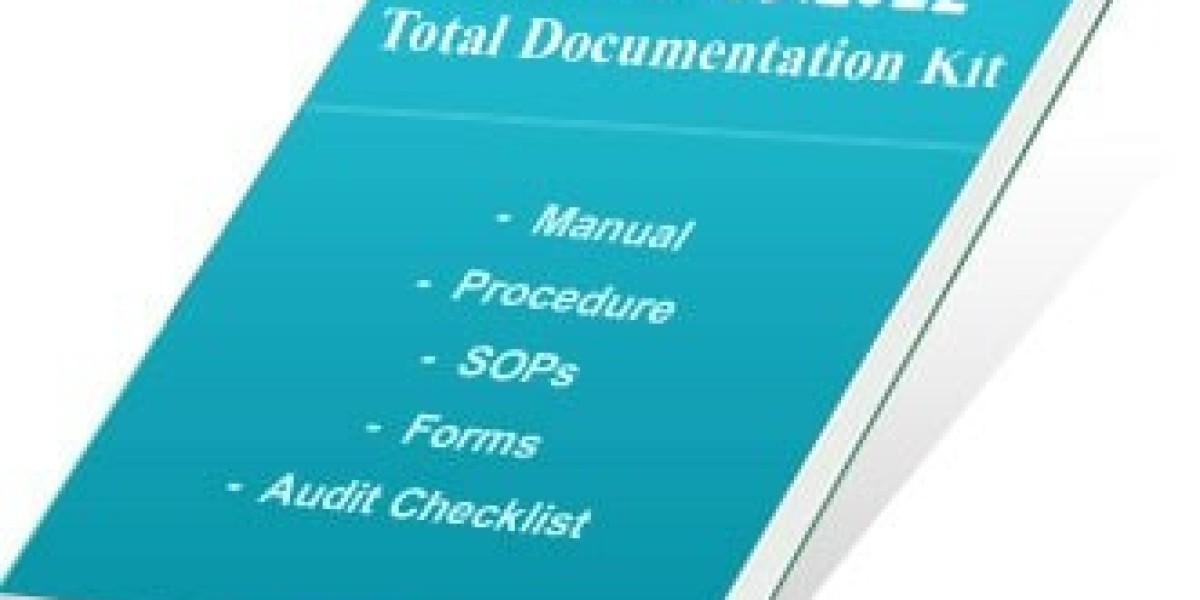Medical laboratories accredited to ISO 15189 must adhere to strict quality requirements. During audits, non-conformities are often identified. In this context, a non-conformity means a deviation from the laboratory’s established procedures or the requirements of the ISO 15189 standard. These findings do not signal failure; rather, they highlight areas for improvement.
Understanding Non-Conformities
A non-conformity in an ISO 15189 audit can range from a missing signature on a form to a significant process lapse. It occurs whenever a practice in the lab diverges from ISO 15189 documentation or the lab’s own procedures. For example, using an outdated test protocol or failing to record equipment maintenance would count as a non-conformity. Auditors report these issues by comparing actual lab activities with documented standards and procedures.
Why Non-Conformities Occur
Non-conformities have many root causes. Common contributing factors include:
- Incomplete or outdated procedures and guidelines
- Insufficient training or unclear communication of SOPs
- Excessive workload and staffing issues that lead to oversights
- Equipment or maintenance problems that cause process lapses
For example, a technician might inadvertently skip a calibration step if they have not been trained, or use an outdated method if procedures were not updated. Identifying these underlying causes is key to prevention.
Types of Non-Conformities: Major and Minor
Auditors typically classify findings as minor or major non-conformities. Minor non-conformities are isolated issues that do not directly affect patient results or safety. Examples include a missed data entry or an incomplete log that has no impact on test accuracy. Major non-conformities indicate significant failures or repeated lapses that could compromise quality. Examples include repeated equipment calibration failures or mishandling of specimens. This distinction helps labs prioritize corrective actions and allocate resources appropriately.
Root Cause Analysis and Corrective Actions
When a non-conformity is identified, the lab must find the root cause. A common approach is to ask “why” multiple times or use a fishbone diagram to trace the problem. For example, if results are delayed, analysis might reveal that an unclear procedure or outdated form is to blame. Once the root cause is known, the lab can take targeted corrective actions to eliminate it.
Steps to conduct root cause analysis and corrective action:
- Define the issue: Clearly describe the non-conformity and its impact.
- Gather information: Collect relevant records, audit reports, and staff accounts.
- Analyze causes: Identify underlying reasons (e.g., training gaps, unclear procedures).
- Develop solutions: Plan corrective actions for each cause (such as revising an SOP or retraining staff).
- Implement changes: Apply the solutions, assigning responsibility and a deadline.
- Verify effectiveness: After implementation, confirm the issue is resolved (for example, by review or a follow-up audit). If the problem persists, repeat the analysis.
This structured approach ensures fixes address the real problem. Monitoring corrective actions verifies that changes work as intended.
Leveraging Internal Audits
Regular internal audits are a proactive way to prevent non-conformities. By reviewing processes against ISO 15189 standards ahead of external audits, labs can catch issues early. To be effective, internal audits should be planned and documented. Best practices include:
- Regular scheduling: Audit all lab areas on a set cycle (e.g., quarterly or semiannually).
- Use of checklists: Create checklists based on and ISO 15189 procedures and clauses.
- Thorough documentation: Record findings clearly and assign each issue for corrective action.
- Follow-up review: Ensure previous audit findings have been addressed and are effective.
A strong internal audit program reinforces continuous improvement and makes external audits smoother by resolving issues in advance.
Importance of Documentation
Accurate documentation is at the heart of ISO 15189 compliance. Maintaining clear ISO 15189 documentation — such as a quality manual, SOPs, and logs — is crucial. Well-organized documentation provides guidance to staff and evidence to auditors that processes are controlled. Key documents include:
- Quality manual and policy statements
- Standard Operating Procedures (SOPs) for each test and process
- Training and competency records for personnel
- Equipment calibration, maintenance, and quality control logs
- Internal audit reports and corrective action records
Without thorough documentation, it is difficult to demonstrate compliance or track improvements. When a non-conformity is addressed, the actions taken and the results of follow-up checks should be recorded. This transparency helps prevent repeat errors and simplifies future audits.
Engaging Staff and Fostering a Quality Culture
Managing non-conformities effectively requires a team effort. Staff at all levels should understand their role in meeting ISO 15189 requirements. Labs can foster this by:
- Training and education: Provide regular training on procedures and quality requirements. Ensure everyone knows how to follow SOPs and what to expect during an audit.
- Open communication: Encourage staff to raise issues without fear of blame. Emphasize that audits are opportunities to improve.
- Involvement in solutions: Include technicians in investigations. They often have insights into process gaps and practical fixes.
- Recognition of improvements: Acknowledge when staff help improve quality. This positive reinforcement builds engagement in the quality system.
When employees take ownership of quality, non-conformities become a shared responsibility. Leadership support is also vital. Lab managers and quality officers should model a constructive response to audit findings and support corrective action efforts.
Conclusion
Non-conformities in ISO 15189 audits should be viewed as part of the journey to excellence. By identifying root causes, taking corrective actions, and engaging the whole team, labs can turn audit findings into improvements. Key practices include maintaining up-to-date ISO 15189 documentation, performing regular internal audits, and fostering a culture of quality. Together, these steps enhance the accuracy, reliability, and safety of laboratory services.








